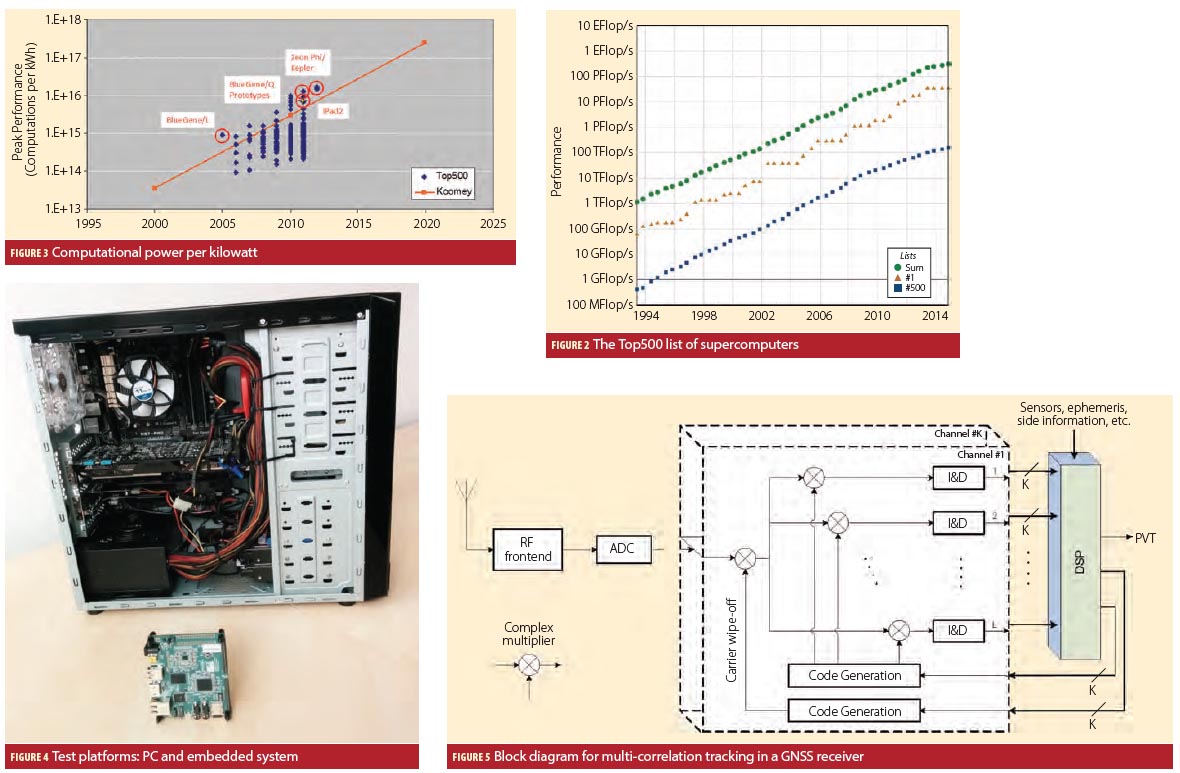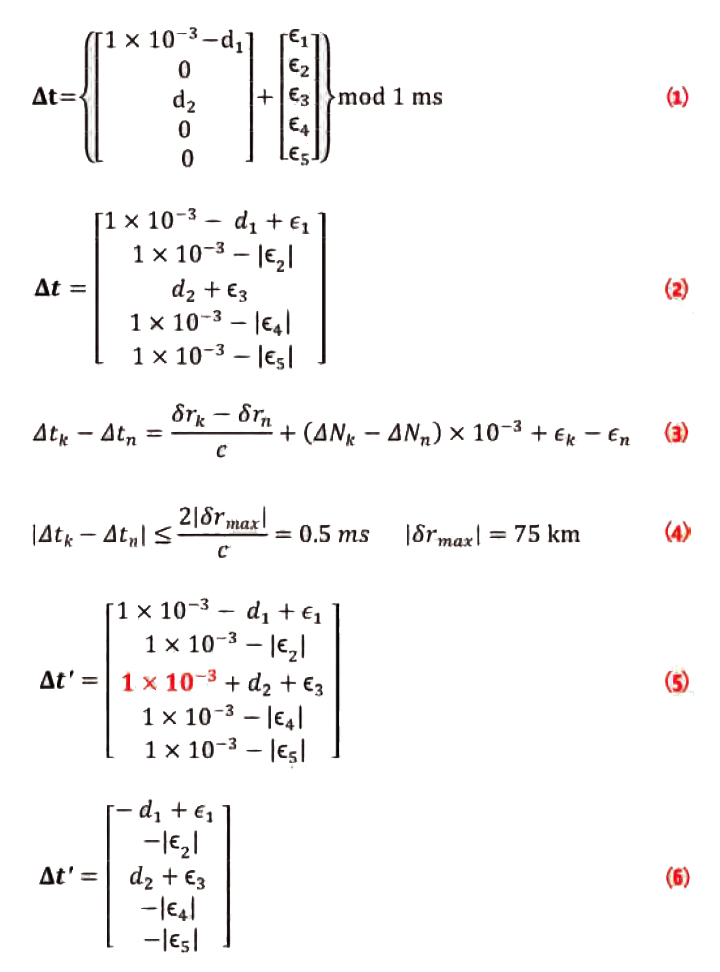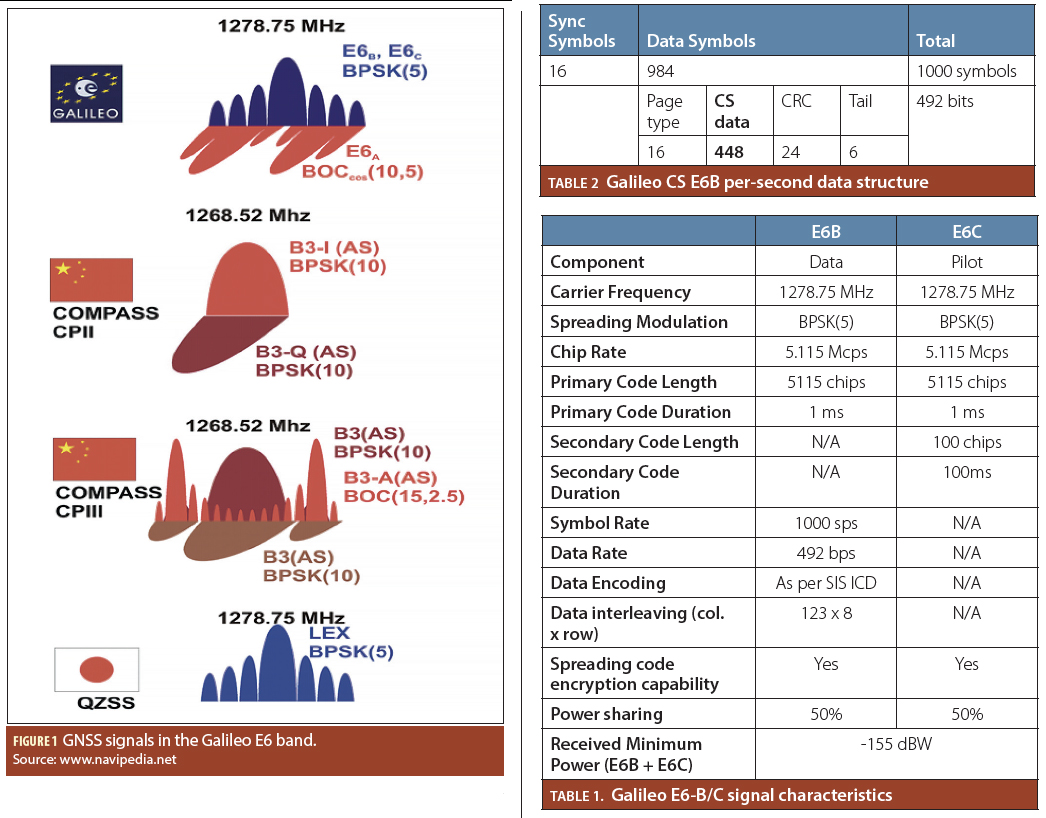Figures 10, 11, 12, 13 & 14: Galileo’s Commercial Service
Return to main article: "Galileo’s Commercial Service"
By Inside GNSSReturn to main article: "Galileo’s Commercial Service"
By Inside GNSSReturn to main article: "Galileo’s Commercial Service"
By Inside GNSSReturn to main article: "Galileo’s Commercial Service"
By Inside GNSS One of 12 magnetograms recorded at Greenwich Observatory during the Great Geomagnetic Storm of 1859
One of 12 magnetograms recorded at Greenwich Observatory during the Great Geomagnetic Storm of 1859 1996 soccer game in the Midwest, (Rick Dikeman image)
1996 soccer game in the Midwest, (Rick Dikeman image)
 Nouméa ground station after the flood
Nouméa ground station after the flood A pencil and a coffee cup show the size of NASA’s teeny tiny PhoneSat
A pencil and a coffee cup show the size of NASA’s teeny tiny PhoneSat Bonus Hotspot: Naro Tartaruga AUV
Bonus Hotspot: Naro Tartaruga AUV
 Pacific lamprey spawning (photo by Jeremy Monroe, Fresh Waters Illustrated)
Pacific lamprey spawning (photo by Jeremy Monroe, Fresh Waters Illustrated) “Return of the Bucentaurn to the Molo on Ascension Day”, by (Giovanni Antonio Canal) Canaletto
“Return of the Bucentaurn to the Molo on Ascension Day”, by (Giovanni Antonio Canal) Canaletto The U.S. Naval Observatory Alternate Master Clock at 2nd Space Operations Squadron, Schriever AFB in Colorado. This photo was taken in January, 2006 during the addition of a leap second. The USNO master clocks control GPS timing. They are accurate to within one second every 20 million years (Satellites are so picky! Humans, on the other hand, just want to know if we’re too late for lunch) USAF photo by A1C Jason Ridder.
The U.S. Naval Observatory Alternate Master Clock at 2nd Space Operations Squadron, Schriever AFB in Colorado. This photo was taken in January, 2006 during the addition of a leap second. The USNO master clocks control GPS timing. They are accurate to within one second every 20 million years (Satellites are so picky! Humans, on the other hand, just want to know if we’re too late for lunch) USAF photo by A1C Jason Ridder.  Detail of Compass/ BeiDou2 system diagram
Detail of Compass/ BeiDou2 system diagram Hotspot 6: Beluga A300 600ST
Hotspot 6: Beluga A300 600ST

1. SLAVE TRADE
Bangkok, Thailand
These days getting the United States, Russia, China, and Europe to agree on a common policy seems to be an increasingly rare event.
That’s why the long-standing comity among system operators in the GNSS sphere is particularly notable and welcome. “Interoperable and compatible” is the first principle espoused by the four nations under the aegis of the International Committee on GNSS.
By Dee Ann Divis
A decade has passed since the first GNSS system-level authentication protocols were proposed, and yet the current ongoing discussion is still, “Do we really need GNSS signal authentication?” Indeed, the current argument is whether we need authentication at the system level (the satellite broadcast service) or whether user-based authentication (anti-spoofing) is sufficient for a number of application requirements.
By Inside GNSSNo reality show contestant ever neared the finish line without the producers serving up another challenge. And so it is for would-be multi-GNSS users in the United States.
After dodging budget cuts, thwarting other teams’ attempts to grab critical frequencies, and dealing with jamming and technical problems, members of the U.S. GNSS community were thrown another curve late last year when they learned that signals from GLONASS and other international constellations must be authorized for use in the United States.
By Dee Ann Divis
It is well known that carrier phase ambiguities are integer values. Intuitively, this is hard to understand with a common counter-argument progressing along these lines: even if the receiver measures the instantaneous phase of the incoming signal (thus removing any fractional cycle component at the receiver end), the phase of the signal at the satellite cannot be guaranteed to be zero, so how can the ambiguity be integer?
In this article we explain why the carrier phase ambiguities are indeed integer.
By Inside GNSS Figure 1; Tables 1 & 2
Figure 1; Tables 1 & 2After some years of concept studies and simulations, the Galileo Commercial Service is taking off. The journey has started toward what can be the most accurate and secure worldwide satellite-based navigation services for civil use.
By Inside GNSS Running San Francisco Marathon, with daughter, Tanera. Note GPS watch.
Running San Francisco Marathon, with daughter, Tanera. Note GPS watch.SIDEBAR: Frank van Diggelen’s Compass Points
“It all traces back to my parents,” says Frank van Diggelen. “My father, Tromp van Diggelen, was a surfer. He taught me to surf and swim, in that order, when I was five. I was racing sailboats before I was 10, and there’s a lot of navigation there. Even when you’re just on a lake, the racing is all about reading the wind, understanding angles of convergence, velocity-made-good, and so on.”
By Inside GNSS One of 12 magnetograms recorded at Greenwich Observatory during the Great Geomagnetic Storm of 1859
One of 12 magnetograms recorded at Greenwich Observatory during the Great Geomagnetic Storm of 1859 1996 soccer game in the Midwest, (Rick Dikeman image)
1996 soccer game in the Midwest, (Rick Dikeman image)
 Nouméa ground station after the flood
Nouméa ground station after the flood A pencil and a coffee cup show the size of NASA’s teeny tiny PhoneSat
A pencil and a coffee cup show the size of NASA’s teeny tiny PhoneSat Bonus Hotspot: Naro Tartaruga AUV
Bonus Hotspot: Naro Tartaruga AUV
 Pacific lamprey spawning (photo by Jeremy Monroe, Fresh Waters Illustrated)
Pacific lamprey spawning (photo by Jeremy Monroe, Fresh Waters Illustrated) “Return of the Bucentaurn to the Molo on Ascension Day”, by (Giovanni Antonio Canal) Canaletto
“Return of the Bucentaurn to the Molo on Ascension Day”, by (Giovanni Antonio Canal) Canaletto The U.S. Naval Observatory Alternate Master Clock at 2nd Space Operations Squadron, Schriever AFB in Colorado. This photo was taken in January, 2006 during the addition of a leap second. The USNO master clocks control GPS timing. They are accurate to within one second every 20 million years (Satellites are so picky! Humans, on the other hand, just want to know if we’re too late for lunch) USAF photo by A1C Jason Ridder.
The U.S. Naval Observatory Alternate Master Clock at 2nd Space Operations Squadron, Schriever AFB in Colorado. This photo was taken in January, 2006 during the addition of a leap second. The USNO master clocks control GPS timing. They are accurate to within one second every 20 million years (Satellites are so picky! Humans, on the other hand, just want to know if we’re too late for lunch) USAF photo by A1C Jason Ridder.  Detail of Compass/ BeiDou2 system diagram
Detail of Compass/ BeiDou2 system diagram Hotspot 6: Beluga A300 600ST
Hotspot 6: Beluga A300 600ST

1. Tariffs
Beijing, China